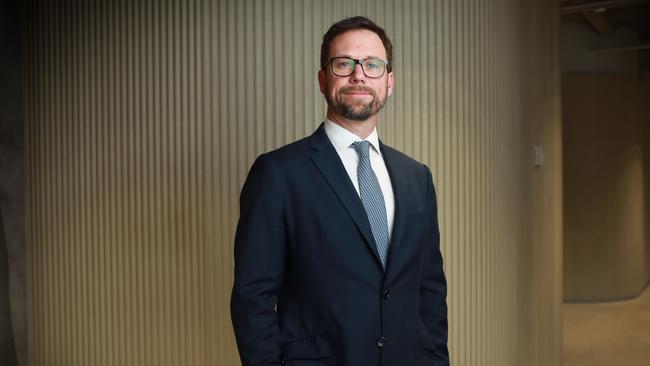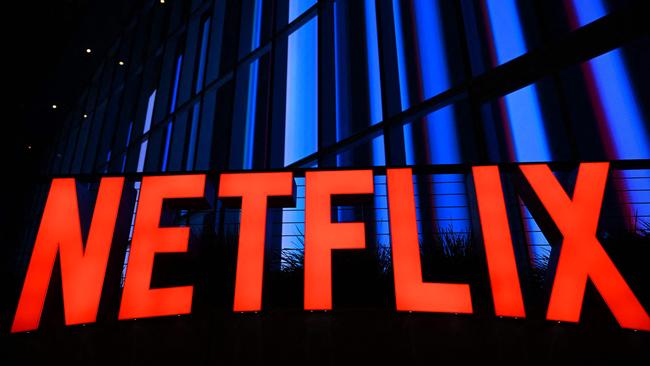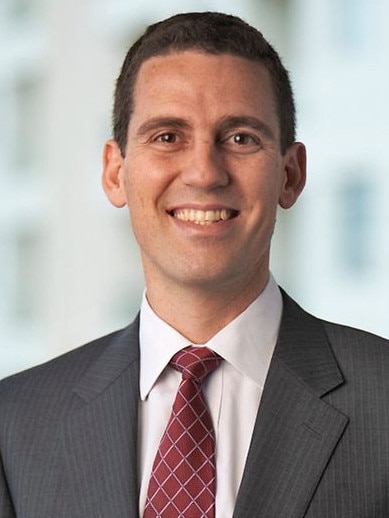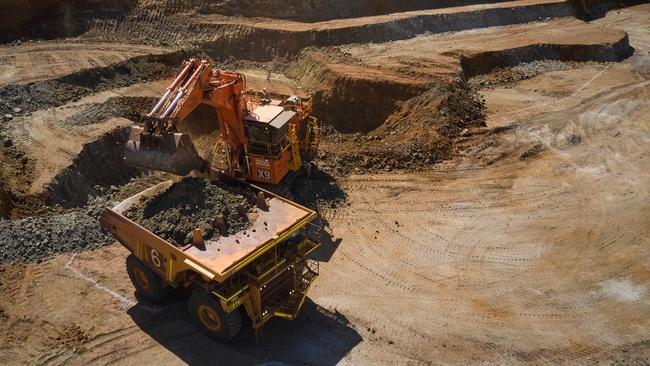
It is a much smaller fund with assets under management about to fall below the critical $50bn mark from more than $120bn this time last year. The one time high-flying tech stocks such as Facebook, Netflix and Tencent, that for years made the top 10 holdings can no longer be found.
And sitting in the corner office is a new chief executive, the former Future Fund senior manager David George – who in two weeks will give investors an early look into Magellan’s new strategy.

Here investors can expect greater focus on longer-term returns, more infrastructure investments as well as a push into ESG strategies as the global equities manager looks to reset after a horror year.
Magellan became an unexpected casualty of the end of September crash in UK bond yields which forced the Bank of England to step in to stabilise the market.
One of Magellan's UK-based pension fund clients was involved in a so-called liability-driven investment mandate with another fund manager. Billions of dollars in these leveraged investment strategies were hit with margin calls when the UK government’s promise of sweeping – but highly inflationary tax cuts – triggering a violent market reaction.
For Magellan that meant one client pulled $1.6bn, representing around half the outflows of institutional funds over the month. It is understood the impacted client still has funds with Magellan.
Renovation
The renovation in the flagship global funds portfolio has been moving ahead since the official exit of co-founder Douglass. This time last year the top five holdings in order were Microsoft, Google-owner Alphabet, Facebook (Meta), Starbucks and Netflix.
Now they are Microsoft, Visa, Alphabet, Mastercard and McDonalds.
For most fund managers the white-knuckle ride of the market this year has been all-consuming. Magellan has had the additional complication of board turnover and the consequences of not taking into account the risks when a fund is built around a single person. In Magellan’s case it was Douglass who became the face of the fund – the chief stop picker and chairman of the board.

Confirmation of more institutional funds being pulled from Magellan sparked a sharp sell-off pushing the company’s shares down 8.4 per cent to more than an eight-year low. Fallout also briefly dragged down other international focused funds including Platinum and Pendal although both rebounded during the session.
With expectations the bear market still has some way to go, there’s more pressure to come for Magellan’s funds under management. Given the disproportionate amount of outflows over the past year has come from institutional mandates, this means Magellan is likely to face a bigger than expected hit to earnings. Of concern is a near $2bn drop in infrastructure funds, given that should be the one bright spot in a world grappling with inflation.
Supporting Magellan’s shares for now is the buyback program which is a little over 22 per cent of the way through.
There’s a big structural shift happening in the funds world particularly in Australia that George is all too aware of. Big super funds are increasingly running their mandates in-house, leaving little room for outsourced and high-priced global equities funds.
All this dramatically shortens the runway for George who also needs to tackle the right-sizing of Magellan with revenue this year to be sharply lower.
The return of Douglass, who will be paid $400,000 a year for his consulting role, needs to be handled with care. Investors who were sold the promise of a Midas touch, will want to see signs that the new Magellan is responding to the reality of global markets. And that means a return to performance.
EV dawn for Sunrise
Mining hopeful Sunrise Energy Metals is deep in talks about securing an offtake agreement which it is looking to underpin its $1.8bn nickel and cobalt project near Parkes in NSW.
Both nickel and cobalt are in hot demand as car makers race to secure materials for batteries that will drive the electric vehicle revolution. The growth in demand for the metals is creating a big challenge for car makers and squeezing mining and metal markets. But this also puts the $210m Sunrise in the middle of the green mining revolution.

Chief executive Sam Riggall has a chart he likes to show prospective investors which shows the size of his Sunrise deposit would take up a third of Manhattan as it is overlaid on a map. He also points out this deposit is less than 40 metres below the surface, which vastly reduces the cost of extraction and minimises mining risk. The size of the proven Sunrise ore body is enough to convert 30 per cent of the US car fleet to an electric powertrain, Riggall says. It’s a long way from a full transition, but to highlight the shift, Australian new car sales figures released this week saw the Tesla jumping to become the fastest selling sedan during September.

In the past year Sunrise has seen a surge in interest from car makers looking at sourcing metal directly from the producer.
“We’ve always said that the car industry has to vertically integrate raw materials. If you are going to be an electric vehicle manufacturer operating globally at scale, you can’t afford to not have access to metal,” he says. “There’s certainly a lot of competition between Europe, the US parts of Southeast Asia and China for the metals. And that is healthy.”
For Sunrise’s production volumes, Riggall hopes to see all of the output going to one or at the most two customers given the eagerness for manufacturers to lock up supply. However this could bring with it customer risk.
The Sunrise project has secured partial funding from four banks, including NAB and France’s SocGen. Lenders like the project given it can play well with their green lending credentials.
At its peak Sunrise is hoping to produce 20,000 tonnes of nickel annually and about 4500 tonnes of cobalt. But cobalt, which is in tight supply globally, is expected to make up between 30 to 40 per cent of the revenue stream.
Indeed a rough guide for the project at $US23 a pound for cobalt, Sunrise’s cobalt revenues will cover all of its cash operating costs before nickel sales. Currently cobalt is fetching $US23.56 on the LME.
Riggall says cobalt is volatile but the fundamental demand trend for both nickel and cobalt over the next few decades should continue to support the metals.
Greenfield mines have significant production and ramp-up risks. And cobalt has costs given it remains a dangerous mineral. Interest in Sunrise remains high over the past year, even though the mining hopeful is still at least three to four years from delivering its first metal to market.
johnstone@theaustralian.com.au




When Hamish Douglass walks into Magellan Financial Group’s Sydney offices in the coming weeks to begin his new consulting agreement, he will find a very different fund manager from the one when he took extended leave in February.